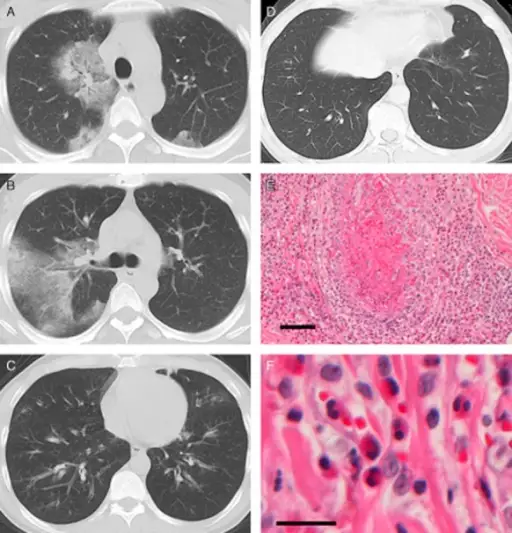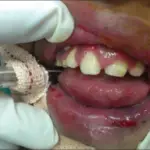Churg-Strauss Syndrome is a disease of inflamed blood vessels.
What is the Pathology of Churg-Strauss Syndrome?
The pathology of churg-strauss syndrome is:
-Etiology: The cause of Churg-Strauss syndrome is not fully known but the factors that can accelerate the occurrence are gene mutation and environmental factors.
-Genes involved: Unknown.
-Pathogenesis: The sequence of events that lead to churg-strauss syndrome is not known for now but it is associated with granuloma formation, eosinophilia infiltration.
-Morphology: NA.
-Histology: The histology associated with Churg-Strauss shows tissue eosinophilia, extravascular granulomas,
How does Churg-Strauss Syndrome Present?
Patients with Churg-Strauss syndrome typically are females above 40 years old. The symptoms, features, and clinical findings associated with Churg-Strauss syndrome are weight loss due to appetite loss, joint and muscle pain, GIT bleeding and abdominal pain, rash and skin sores, tingling sensation on your hands, and feet, fever, and malaise.
How is Churg-Strauss Syndrome Diagnosed?
Churg-Strauss syndrome is diagnosed by blood tests, imaging, a biopsy of the affected tissue and erythrocyte sedimentation rate levels.
How is Churg-Strauss Syndrome Treated?
Churg-Strauss syndrome is treated by immunosuppressors and corticosteroids.
What is the Prognosis of Churg-Strauss Syndrome?
The prognosis of Churg-Strauss syndrome is fair because the survival rate increases when one undergoes treatment.



